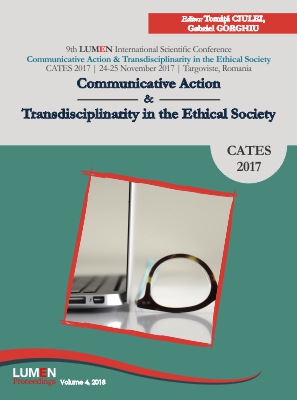Analysis of the Functioning Structure of Education from the Computer Science Perspective
Analysis of the Functioning Structure of Education from the Computer Science Perspective
Author(s): Gabriela Cristea, Constantin Manole
Subject(s): Essay|Book Review |Scientific Life
Published by: Editura Lumen, Asociatia Lumen
Keywords: pedagogy; didactics; informatics; information; the functioning structure of education; correlation; pedagogical message; feedback (internal-external); algorithm; databases; graphs; networks
Summary/Abstract: Our study is integrated into the issues promoted by the General Theory of Education (Fundamentals of Pedagogy), with multiple openings to the General Theory of Education (General Didactics), but also to the Didactics of Computer Science. The general aim pursued is to analyze the structure of functioning of education at the level of an ideal model, which can be argued on the basis of informatics concepts: information, algorithms, programming methods, units of measure (bit and its multiples), databases and so on. The specific objectives aim at analyzing the three correlations that support the structure of education functioning, approached as a general, basic structure:1) Correlation between educator-educated, globally needed, computer-based argumentation through the use of some concepts (algorithms, formulas, techniques of computer systems, data collections, databases, graphs, networks, etc.) entity-relationship databases, hierarchical data model, network data model, etc.).2) The correlation between information-training-development, necessary at the level of any pedagogical message, which can be argued by capitalizing on: a) the algorithm notion involved in the circuit: input data -maneuver data - output data (leading to a result or sets of results); b) specific properties of the algorithm: finitude, clarity, generality.3) The correlation between the continuous external-internal evaluation, informatically sustained at external-internal feedback level in the context of a informatic system, (self)perfectionable as: a) life cycle deployed in stages (from the definition of the requirements to the maintenance of the system); b) a self-regulating function which can be decomposed into sub-functions, translated into programming languages and reprogramming; c) a model that integrates object-oriented methods, to information, to specific techniques.
Book: Communicative Action & Transdisciplinarity in the Ethical Society
- Page Range: 117-133
- Page Count: 16
- Publication Year: 2017
- Language: English
- Content File-PDF

